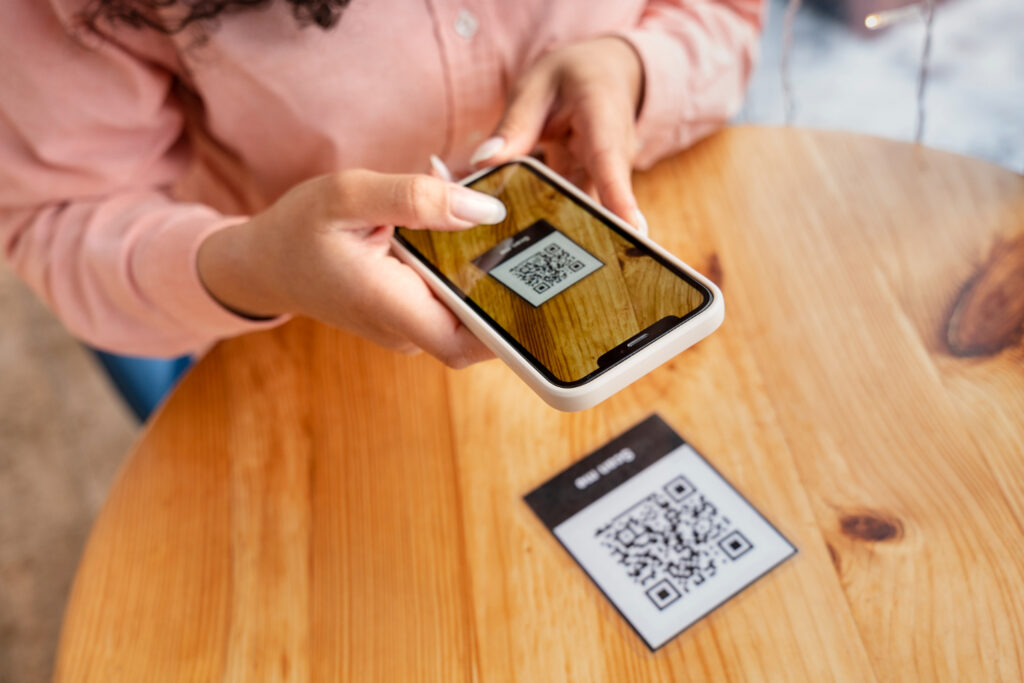QR codes do more than just deliver static links—they can trigger dynamic workflows, automate tasks, and integrate seamlessly with your apps and services. By combining simple scanning tools with automation platforms, you can transform every QR scan into a launchpad for emails, notifications, database updates, or even IoT commands. These lifehacks will guide you through choosing the right scanning hardware and software, building custom workflows that respond to scanned data, and troubleshooting common pitfalls—so that every code you deploy becomes an active participant in your productivity ecosystem.
Understanding QR Scanning Workflows

Before you begin building automated actions, it’s crucial to map out the data flow and use cases for your QR codes. Start by defining what each code should contain—a URL with query parameters, a JSON payload, or a structured text string that represents a contact card, inventory ID, or event check-in. Next, decide where scanned data should go: a spreadsheet, a database, an email inbox, or an API endpoint. By sketching this flow on paper or in a whiteboarding app, you’ll identify the triggers and endpoints needed for each workflow. This foundational lifehack saves time later by ensuring your scanning tool outputs the right format and that your automation platform can parse it correctly, whether you’re sending a customer satisfaction survey link or a warehouse tracking code.
Configuring Scanning Tools and Devices
Whether you choose a smartphone app or a dedicated USB scanner, proper configuration is key to reliable data capture. For mobile use, apps like Scanbot, QR Reader, or custom-built wrappers using the ZXing library let you specify parsing rules—such as extracting only the numeric ID or a specific URL parameter. On desktop or kiosk setups, USB-connected CCD or laser scanners can be configured in “keyboard wedge” mode, so scans appear as keystrokes wherever your cursor is focused. A helpful lifehack is to append a unique suffix (like ;OK) to each scan so your automation platform knows exactly when each code ends. With this setup, every scan delivers clean, predictable data into your target application, avoiding mixed characters or missed delimiters.
Building Automated Workflows for QR Scans
With your scanning device sending structured data, the next step is to wire up automation. Tools like Zapier, Make (formerly Integromat), or Microsoft Power Automate can watch for new entries—whether in a Google Sheet, an email inbox, or a webhook endpoint—and trigger actions. For example, scanning a code at a conference could add an attendee to your mailing list, send them a welcome email, and log their badge ID in your CRM. In IoT contexts, a simple HTTP request containing the scanned payload can turn on lights or unlock doors. These platforms let you chain multiple steps—data transformation, conditional branching, notifications—to build robust, no-code solutions. The key lifehack is to include error-handling steps, such as sending yourself an alert if a scan doesn’t match expected patterns, so you catch malformed codes immediately.
Troubleshooting and Optimization Best Practices

Even well-designed workflows can encounter hiccups, so it pays to build in diagnostic lifehacks. If scans aren’t triggering actions, first verify that your scanning tool’s output matches the expected format (e.g., no extra spaces or line breaks). Use logging or history features in your automation platform to inspect raw payloads. For high-volume environments—like inventory management or event check-ins—batch scans into timed intervals (for instance, aggregate codes for one minute before processing) to avoid API rate limits. If latency becomes an issue, switch from polling-based triggers to real-time webhooks or local scripts that run on a dedicated server. Finally, maintain a fallback manual entry form for cases where QR codes fail, and periodically audit your index of deployed codes to retire expired links or rotate credentials for security. By embedding these troubleshooting and optimization lifehacks into your system, you’ll keep your QR-driven automations running smoothly at scale.

Leave a Reply